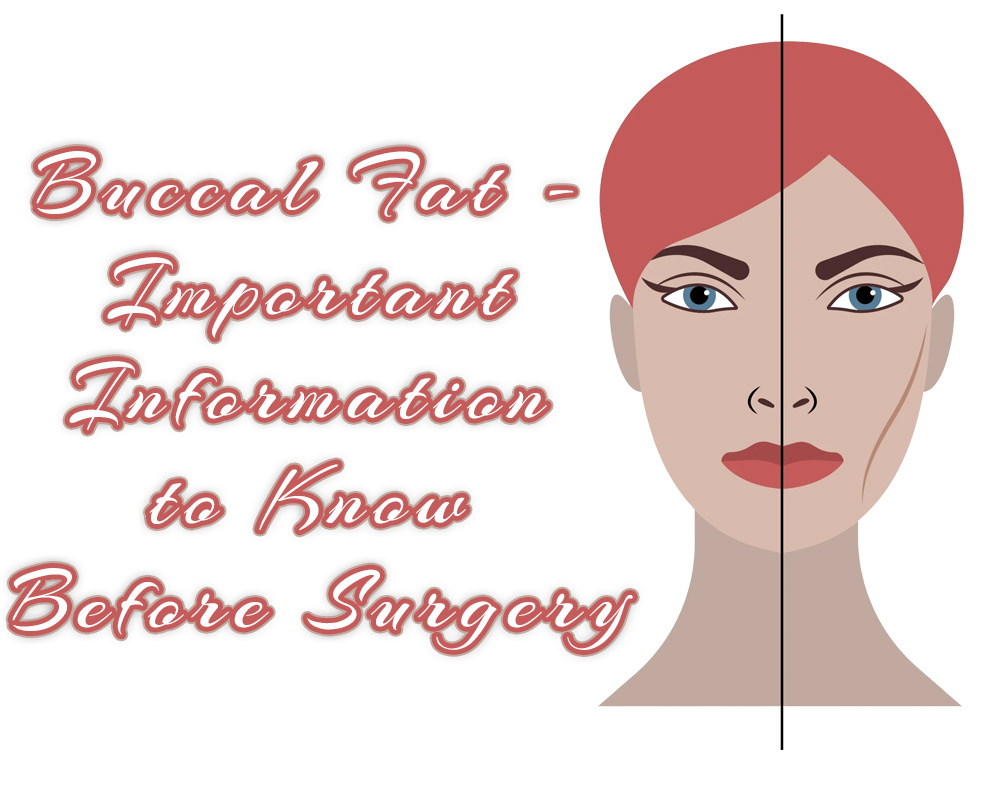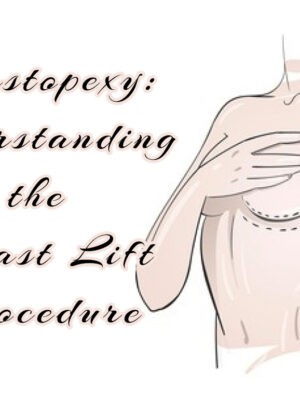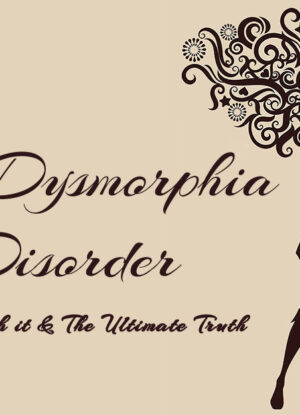No products in the cart.

Buccal Fat – Important Information to Know Before Surgery
Do you have round facial features? Or you probably have fat on your face in all the places you wished you did not have fat? Join the club! Thanks to modern technology, there’s been a boom in public interest in the facial sculpted aesthetic. Social media, especially Instagram, is rife with pictures of individuals displaying sharp facials: cheekbones and jawlines. Of course, many celebrities and influencers claim that their taut features result from novel rolling tools, yoga, pilates or other easy, clever contouring tools and exercises.
Some like Chrissy Teigen, partner to the ‘All of Me’ singer John Legend, have been more open about their plastic surgery attempts to lose fat on their social media handles. Teigen also shared the results of her latest surgery, buccal fat reduction, also known as cheek reduction surgery, on her Instagram story.
So, let’s talk about buccal fat and its removal. Although some people prefer their round face structure because it is full and youthful, others might choose their cheeks and jawline to be more defined and slightly more visible. If you are searching for buccal fat removal information, you belong to the second set of people. You might also be interested in learning about the implications and buccal fat reduction. But first, let’s understand what Buccal Fat is.
WHAT IS BUCCAL FAT?
The Buccal fat forms part of a deep pocket of a fat system that navigates from your temples to your jawline. It is also structured in the form of a pad. It is a lump of fat that is spherical. It is housed in the centre of your cheek. Found in the recessed area under your cheekbone, between your facial muscles. The size of your buccal fat influences the shape or form of your face in a pad-like capsule.
According to this research paper, “The buccal fat pads function to fill the deep tissue spaces, to act as gliding pads when masticatory and mimetic muscles contract, and to cushion important structures from the extrusion of muscle contraction or outer force impulsion. The volume of the buccal fat pad may change throughout a person’s life”.
In plain terms, the buccal fat occupies three functions:
- To fill in deep facial cheek pockets.
- To aid friction of the muscles connected to chewing.
- To act as a pillow or cushion in case of external impact.
The Buccal fat, or the buccal fat pad, is a type of normal fat that can also be seen in the lower cheeks. Its primary function is to aid in chewing. Also, the amount of fat varies from person to person, independent of gender. Regardless of changes in body weight or figure, this remains true throughout your life.
It is easy to get frustrated or disappointed if you work hard to slim or trim your physique through various exercises and use the appropriate waist trainers for every outfit to achieve your slim look. But your facial structure seems not to respond and remains unchanged. The removal of Buccal fat pad, otherwise known as cheek reduction surgery, has been done for decades and was historically done as a follow-up or in conjunction with other surgeries like face lifts.
However, with social media and better technology comes a scamper for high cheekbones and a sculpted jawline erupts in the modern era. The demand for the treatment has shifted to include a new demographic: young patients in their 20s and 30s who don’t necessarily have an excess of buccal fat.
Please note, according to researchers, there are dire consequences for the removal of buccal fat. Remember, the buccal fat has other functions in the face that isn’t just for aesthetics.
BUCCAL FAT REMOVAL OR BUCCAL REDUCTION – IMPLICATION
Buccal fat reduction is usually considered during facial rejuvenation surgeries. Though often viewed as the same, however, depending on the practitioner’s discretion, Buccal fat reduction can be done instead of Buccal fat removal. With the understanding that the buccal fat pad adds to the entire look of the lower cheek contour, this fat can be surgically reduced on its own as surgery or as a complement to other facial aesthetic procedures with as much risk reduction as possible. As a result, the buccal fat pad and its size should be considered in your consultations with your doctor and kept in mind, if only as a face rejuvenation alternative.
Specific individuals have an overly big buccal fat pad, which adds to their face seeming round, full and lacking definition. This, of course, prevents them from having an appealing defining desirable facial hollow or a beautiful facial shape. Patients with a big buccal fat pad might benefit from having it removed since the removal adds contour and shape to their face. Buccal fat removal surgery, also known as cheek reduction surgery or buccal lipectomy, eliminates the buccal fat pad from sunken cheek regions, which aids in defining the attractive facial profile.
Cheek removal surgery or buccal fat removal is usually avoided in persons with slender and slightly tight faces since the outcome of the reduction can make you seem haggard, worn, or older than you look.
According to Dr Savetsky of www.plasticsurgery.org, “Based on what we know about facial fat compartments and how facial fat atrophies as we age, the concern is that removing the buccal fat pad may look good now but over time could become overly hollow,” he further stated that “You’re going to remove a large portion of the buccal fat pad, and whatever is remaining will shrink over time. Twenty years from now, you may look too thinned out and prematurely aged.” He tested his theory with five other plastic surgeons researching plastic surgery on human cadavers. “We wanted to redefine the anatomy of the buccal fat pad and look at how much of it should actually be removed,” he notes, “what we found is that if someone is overzealous and pulls a little too hard, they can very quickly remove more than they should. This puts patients at a higher risk of looking hollow as they age.”
Hence, even with successful surgery, only time can tell if the right proportion of the buccal fat pad was removed as you age. It is essential to mention that sometimes, it is not the excess fat in the buccal fat pad that causes the roundness or overly full face. There could be underlying issues, genes, illness, health complications, etc. Your surgeon will want to look into these areas before advising on the next steps.
WHO IS A PERFECT CANDIDATE FOR BUCCAL FAT REMOVAL?
Now we understand the need or importance for the buccal fat, but it is possible you still need to have the surgery (even though you are beautiful just the way you are). You probably think your facial features will benefit from a slender look, and it’s understandable. But again, this particular surgery is not for everyone. Your surgeon will be in the best position to tell you the possibility of having the surgery done.
Notwithstanding, there are a few pointers to check if you qualify to begin the process of getting the surgery done:
- You’re in good physical condition.
- You are not a smoker.
- Your BMI is healthy.
- You have more prominent, rounder facial features.
- You are uncomfortable with your prominent cheeks.
- You are suffering from pseudoherniation (having a small rounded fat mass in the cheek, usually due to a weak buccal fat pad).
- You want to get face feminization surgery.
- Your expectations are reasonable.
As we stated earlier, not everyone should undergo this particular surgery, especially if you fall into any of these categories:
- Already have narrow looking facial features and are naturally thin or slender looking. Having the surgery may cause sunken cheeks as you get older.
- If you are older, you do not need this surgery. This is because naturally, with age, fat around the face is lost. Having the surgery might emphasize ageing signs and cause jowls.
- Or you suffer from a rare disorder that affects the buccal fat pad causing it to shrink on one side of the face. The condition is called hemifacial atrophy.
Understand that this facial fat is necessary. And it is located in the one area of the body where you don’t want to lose much of it. Having the surgery does come with its risks and complications. Such hazards include infection caused by profuse bleeding, negative anaesthetic response, hematoma, lockjaw, a seroma (fluid accumulation), injury to the salivary glands, nerve injury to the face, thrombosis of the deep vein, extra fat removal, Asymmetry of the face, terrible outcomes.
AFTER BUCCAL SURGERY TIP
After the surgery, the tool called the surgical chin brace is one great tool to help you speed up your healing process while toning your face and the areas where you had the surgery. It provides both the benefits above and post-surgical support for the face, chin and neck. Best of all, it is designed for both male and female use.
The chin brace is easy to wear and made with skin-friendly material. So you do not have to worry about developing rashes or other related allergies. Sleep is also relatively easy as it is not too restrictive. It is your go-to tool if you are in the market for face slimming support and jowl tightening aesthetics with no adverse effects.
IN CONCLUSION,
Do you want to reduce the size of your cheeks? Try Buccal fat removal surgery but only if you pass all the criteria. The buccal fat pads are removed by a surgeon, resulting in a thinner face. When seeking help for your facial aesthetics, getting to know your surgeon is prudent, and selecting the best one no matter the cost guarantees excellent results.
Remember, not everyone requires this surgery. Besides, with a great lifestyle, age tends to take care of facial fat in the long run. You might be a good candidate if you satisfy specific health requirements as prescribed by your surgeon and have a broader face. For now, the technique is considered safe apart from the long-term effect of poorly done surgeries. However, recovery time takes several weeks. So, plan for the downtime.
So what are your thoughts about having your buccal fat removed? Please share your thoughts and questions with us in the comments section.







Leave a Reply